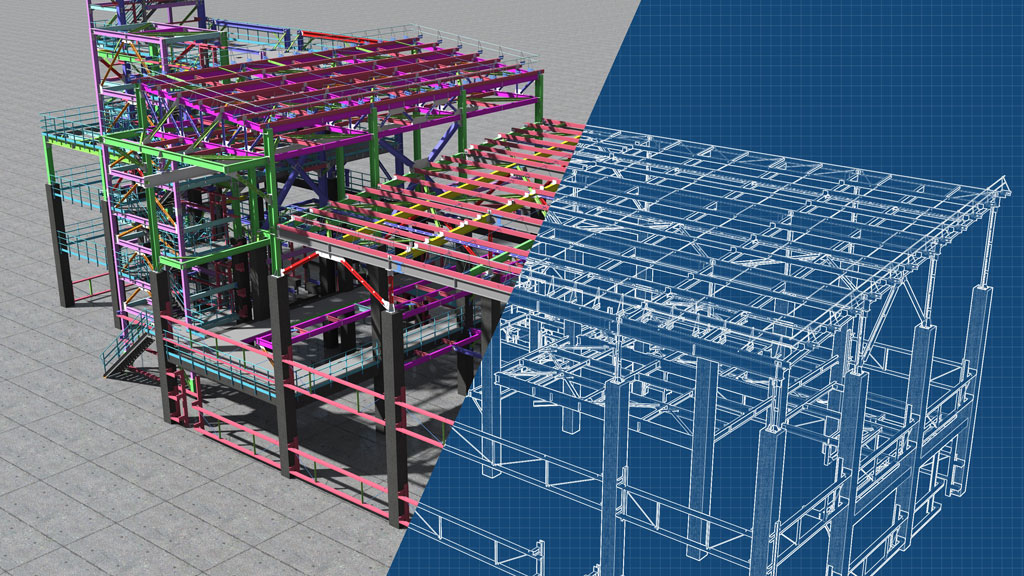A recent survey of BIM users across Canada not only documents how the project design and management tool is gaining in acceptance in the engineering, architectural and construction sector but also illustrates there is still a ways to go before there is universal adoption.
Key findings from the report, conducted for a third year by the Building Innovation Research Centre at the University of Toronto with partners and released in November, concludes that 90 per cent of participant organizations have adopted some level of BIM (Building Information Modeling) in their operational workflow, and 80 per cent of the remainder indicated they have plans to implement BIM in the next few years.
But Canada remains the only G7 country that does not have a national BIM mandate; nearly half of survey participants encountered interoperability obstacles in their projects; and respondents to the survey, almost all of whom are already members of the BIM community, identified extensive barriers to BIM use including the view that the sector is resistant to change (63 per cent) and there is a little client demand (44 per cent).
Arash Shahi, CEO of AECO Innovation Lab and research chair of the Toronto BIM Community, said he is confident BIM use is reaching a critical mass in Canada.
“I am very positive about the future of BIM,” commented Shahi. “There is quite a bit of education that needs to happen, but I am really optimistic about the future of BIM in Canada. The industry has proven that they are willing to make the investment and now the owners are seeing the value of it. It is a matter of time, hopefully sooner rather than later, that governments lend support.”
BIM is generally considered a design tool but the survey found that the number one use among respondents was collaboration and communication (84 per cent), followed by visualization (76 per cent), design (75 per cent) and clash detection (68 per cent). Other uses identified by more than 40 per cent of respondents were scheduling, quantity take-off and estimating, quality control and data management.
“BIM is a philosophy, it is not a design tool,” said Shahi. “BIM enables users to fight all their battles in the future up front. By having a collaboration platform…you can identify and fix challenges that come later. That is why you see collaboration coming up as the first benefit of BIM.
“Essentially you are now able to connect all your different pieces into one entity, that is the life cycle benefit of BIM.”
Besides overcoming the reluctance of a significant percentage of the sector to adopt BIM, other challenges facing BIM supporters are the hesitation of governments to fully embrace BIM and the lack of penetration of OpenBIM, which enables seamless interoperability among BIM users who favour different tools such as Revit, AutoCAD and Navisworks.
Shahi said within the federal government there are supporters of the national BIM mandate concept but at this point there has been no commitment to comprehensive procurement of federal projects using BIM, nor any inclination to commit to spending to help the transition, as happened in the U.K.
Instead, the federal government seems content to let the BIM movement continue what Shahi calls the “middle-out” growth process.
“We are a lot more confident about Canada’s ability to implement BIM from the surveys, because those who understand it also understand the benefits if it and understand the challenges. “And a lot of those challenges come back to this lack of centralized support…My personal mandate is to push it up the supply chain to the governments and down the supply chain to the construction sites.”
Shahi said the governments of Ontario and Alberta are showing indications of support for the larger mandate, and momentum is being driven by the design community and industry organizations such as the Residential Construction Council of Ontario (RESCON).
RESCON has taken a leadership position with the One Ontario initiative, which among other priorities, aims to create a framework for establishing a BIM standard for municipal use including e-permitting across the province. At this stage, though, Shahi said, the benefits of BIM are lost as data-rich 3D documents are often reduced to 2D pdfs.
Shahi identified York Region as one of the more sophisticated owners insisting on BIM for their projects — they understand that even renovation projects should have a BIM component because the region will be maintaining the buildings for decades.
Other collaborators on the survey were the Toronto BIM Community and AECO.
Follow the author on Twitter @DonWall_DCN.











Recent Comments
comments for this post are closed